Applications
Sodium sulfite is primarily used in the pulp and paper industry.
As an oxygen scavenger agent, it is used to treat water being fed to steam boilers to avoid corrosion problems, in the photographic industry, it protects developer solutions from oxidation and (as hypo clear solution) to wash fixer (sodium thiosulfate) from film and photo-paper emulsions
As a reducing agent it is used in the textile industry as a bleaching, desulfurizing, and dechlorinating agent (e.g. in swimming pools). Its reducing properties are exploited in its use as a preservative to prevent dried fruit from discoloring, and for preserving meats.
It is used as a reagent in sulfonation and sulfomethylation agent. It is used in the production of sodium thiosulfate.
Reactions
Heptahydrate
If sodium sulfite is allowed to crystallize from aqueous solution at room temperature or below, it does so as a heptahydrate. The heptahydrate crystals effloresce in warm dry air. Heptahydrate crystals also oxidize in air to form the sulfate. The anhydrous form is much more stable against oxidation by air.





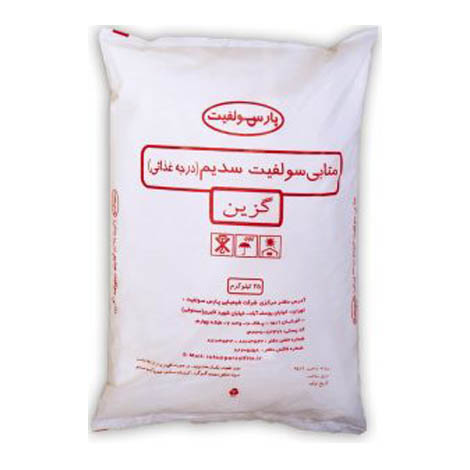
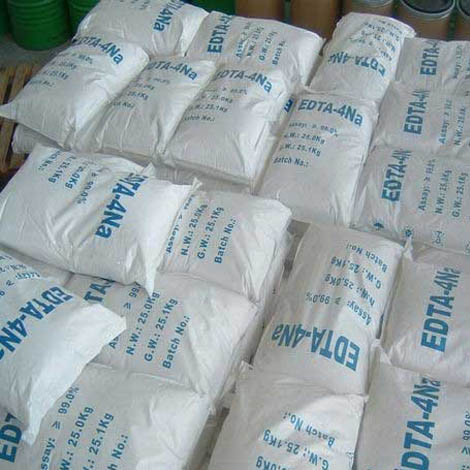
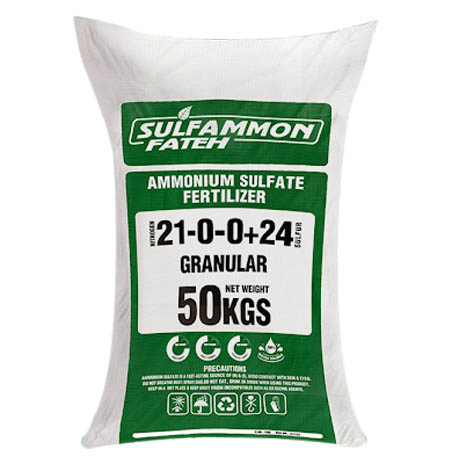


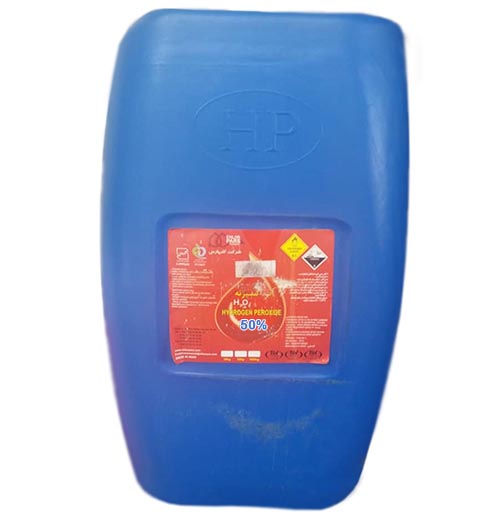
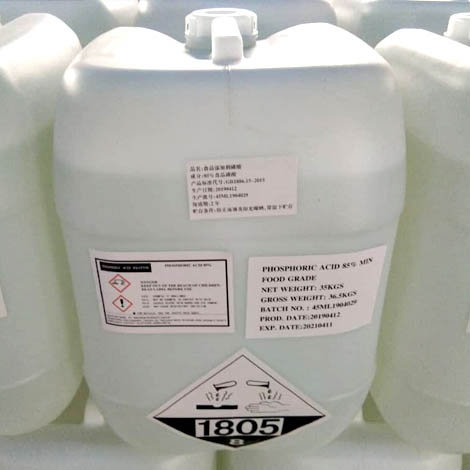
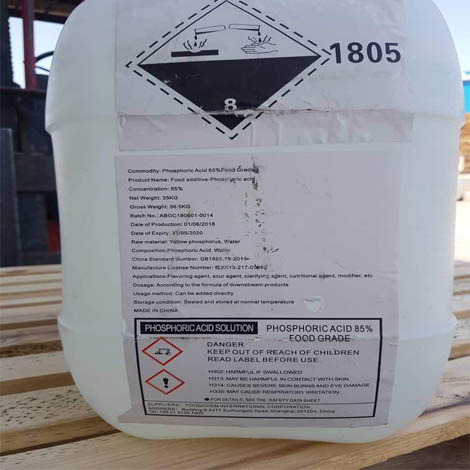

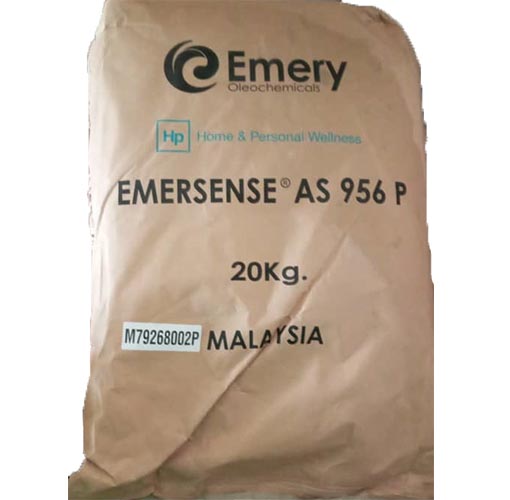

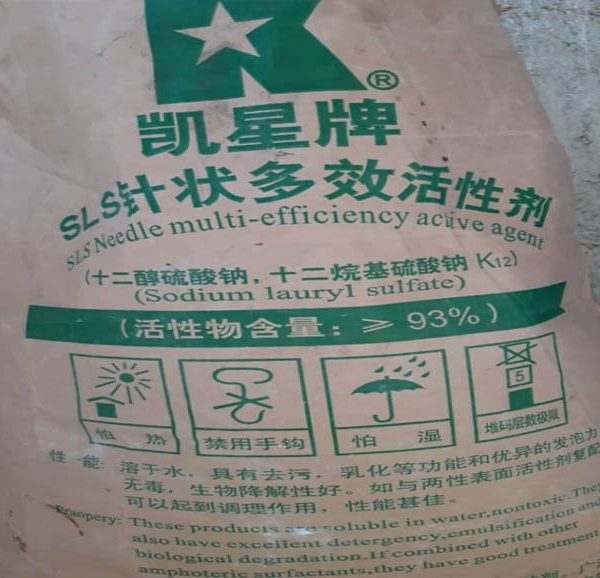
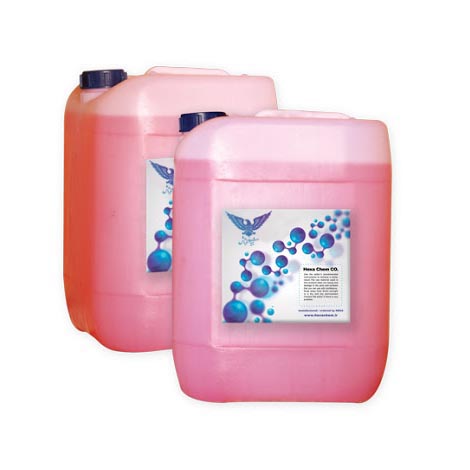







Reviews
There are no reviews yet.